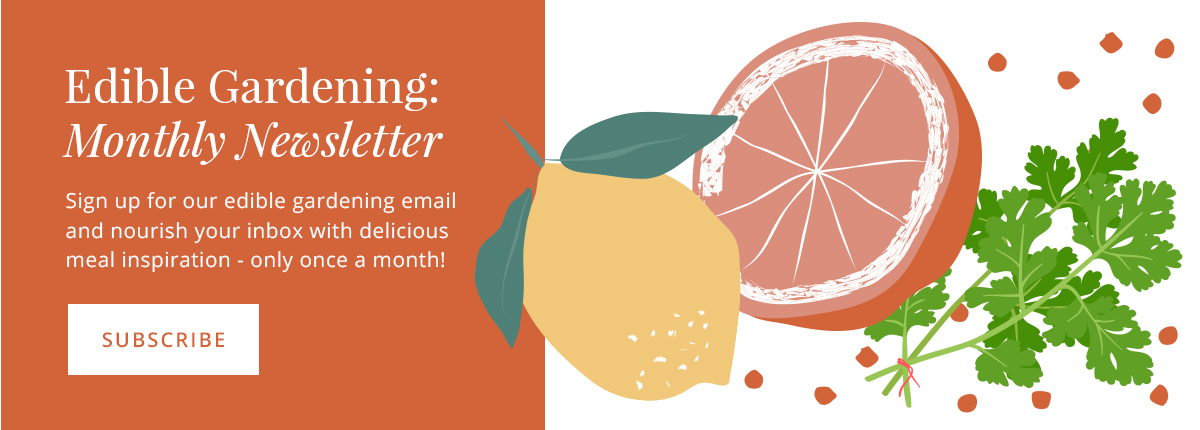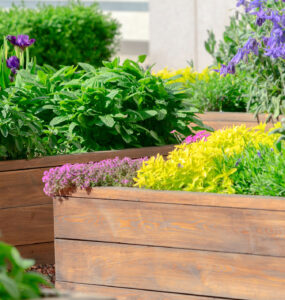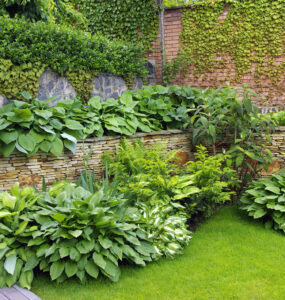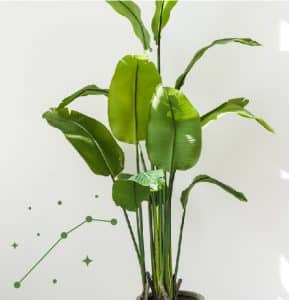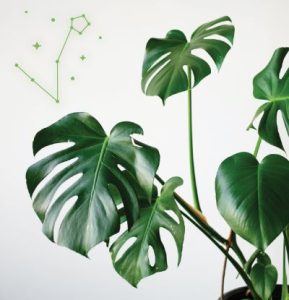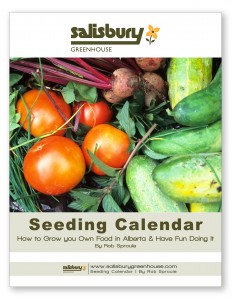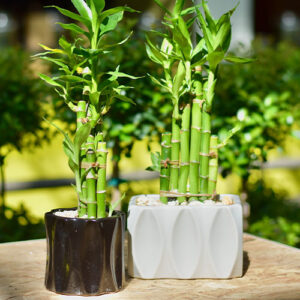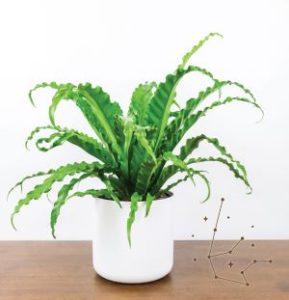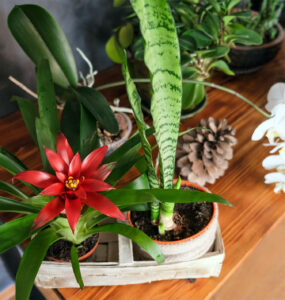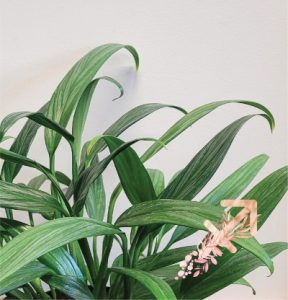Taking the time to plan a layout for your vegetable garden makes a massive difference in crop yield and the overall health of your plants. If you haphazardly scatter a mix of vegetables into one single plot, you might unknowingly place a small, sun-loving plant next to a tall, leafy plant that will end up casting shade all summer, resulting in less-than-stellar growth. There are endless different styled layouts and elaborate vegetable garden setups that you can mimic, but for the sake of simplicity, here are some general guidelines that will help you build a booming vegetable garden.
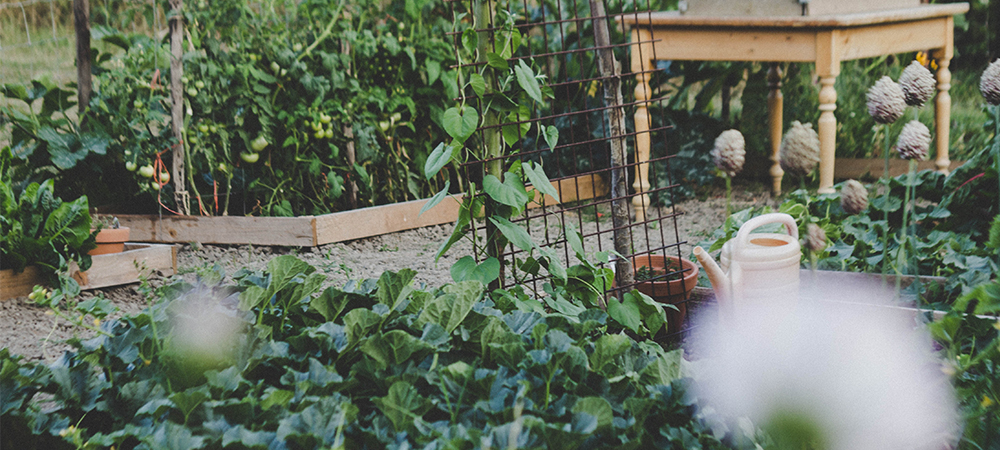
Edible Garden Planner: What to Plant, and Where
Every vegetable plant has different needs, but you can definitely narrow things down into groups of vegetables with similar preferences. Strategically placing these different types of plants in the correct spots will result in happier plants, plain and simple. If you have a big mix of different vegetables, do a little research into the sunlight and water needs of each plant, as well as the height and size, then group them up accordingly.
Tall plants or those that require a trellis to creep up should be planted on the North side of your garden. This way, when the sun shines across your garden from East to West as the day goes on, shadows won’t cast down from the tall plants onto the shorter plants below. Corn, beans, sunflowers, tomatoes and cucumbers all belong on the North end of your garden.
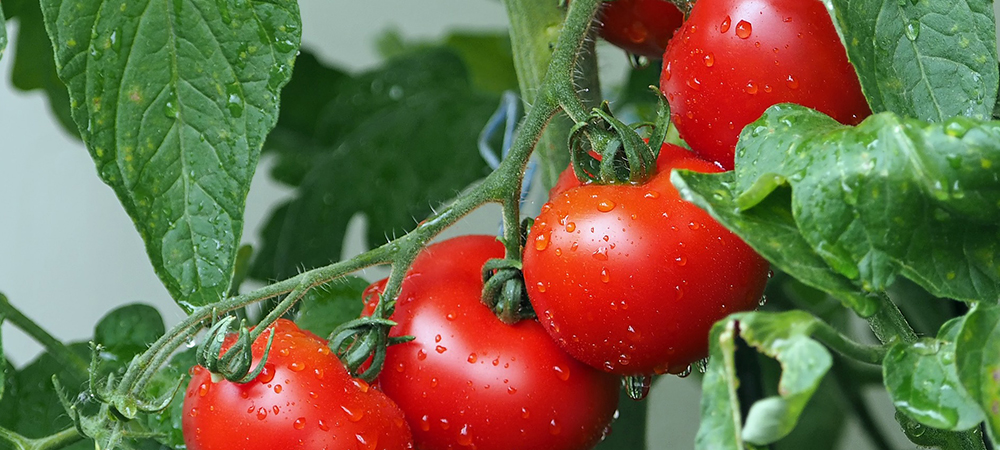
Shade-tolerant veggies that require some extra space to grow comfortably will do well in the very centre of your garden. This way, if a bit of shade gets cast from other plants, it’s not the end of the world. Plus, they won’t be cramped up near the edge of the garden bed. Cabbage, broccoli, lettuce, and potatoes will all do well in the middle of the plot.
Shorter plants and tender fruits and veggies should stay on the South side of the garden. They’ll get the most consistent sun exposure this way without getting blocked by any of the garden Goliaths. Peppers, eggplants, strawberries, spinach and arugula like living on the South edge.
Roaming, vining plants that don’t require a trellis should stick to the borders of your garden. They tend to expand pretty quickly, so if some foliage starts to spill out from the sides of your garden, that’s a better alternative than all those big leaves crowding and blocking other smaller veggies. Squash and melons won’t bug their neighbours if they’re placed up against the garden borders.
Root vegetables don’t need as much space either above or below ground, so they’re great for interspersing between other vegetables if you have any gaps. Carrots and radishes can get placed throughout the garden, and they won’t compete too aggressively with your other plants for water and nutrients.
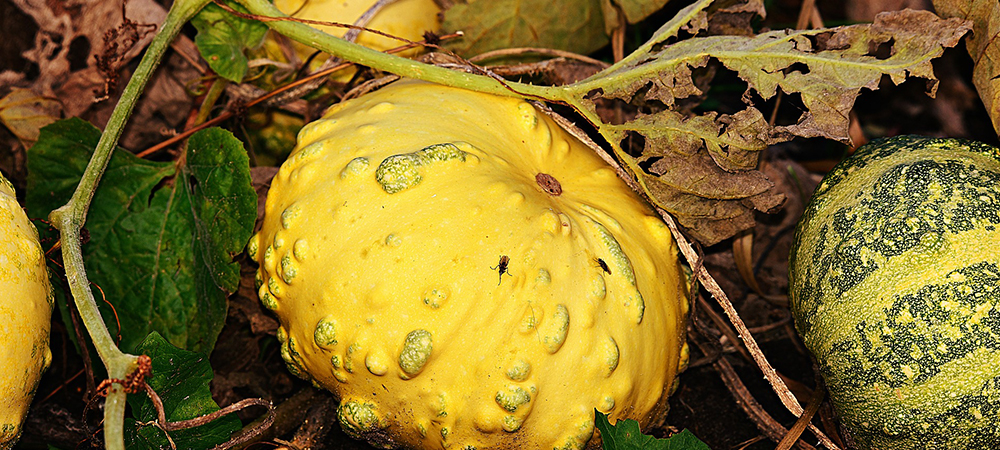
Edible Garden Landscape Ideas: Companion Planting
Companion planting is like a buddy system for vegetable gardening. If a vegetable is planted next to a buddy plant that provides it with some kind of benefit, you’ll see impressive results with very little extra effort. Here’s a list of companion plants that go perfectly together; think Romy & Michelle, Ross & Rachel, or Mac & Cheese.
Beans and Corn: This is the OG companion planting duo. Corn naturally acts as a trellis for the beans to climb, and the beans deposit loads of nitrogen into the soil, which the corn is very grateful for.
Basil and Tomatoes: Not only does basil naturally repel many of the dreaded pests that invade our vegetable gardens, but it actually improves the flavour of tomatoes, so they’re definitely a winning combo.
Nasturtiums and Brassicas: If you’re wondering what the heck a brassica is, it’s actually a family of vegetables including cabbage, broccoli, cauliflower, brussels sprouts, and radishes. Planting nasturtiums near these vegetables helps repel cabbage loopers, worms, weevils and moths.
Peppers and Marjoram: A dense ground cover herb like marjoram helps to maintain higher humidity levels around your pepper plant. If your yard tends to get pretty intensely sunny, it wouldn’t hurt to keep your pepper plants closer to some taller, leafier plants as well, because sometimes the fruits can get scorched from too much direct sunlight.
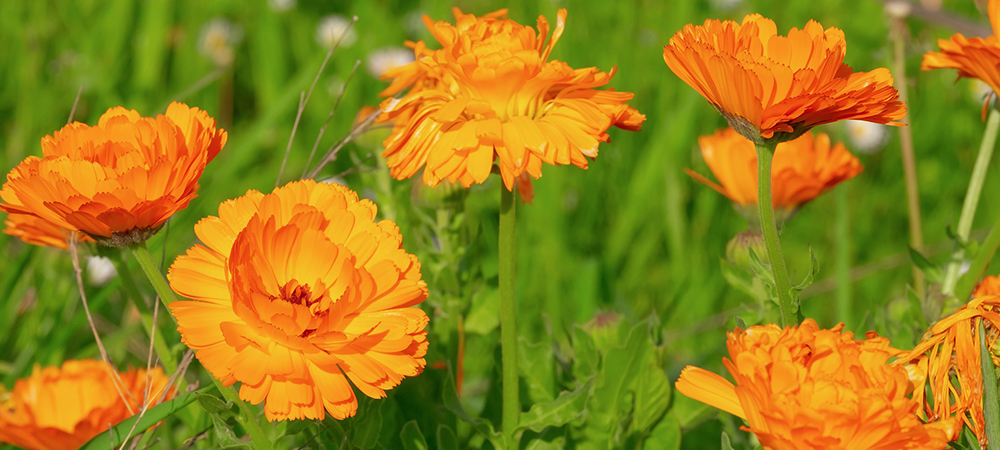
Marigolds and”¦ well, almost anything: seriously, marigolds are a vegetable gardener’s best friend. These bright sunny blossoms help keep so many garden pests at bay, helping protect your vegetables from getting munched on by unwanted visitors. Line some marigolds around your garden and say goodbye to aphids, mosquitoes, whiteflies and nematodes, while attracting beneficial pollinators like hoverflies, butterflies and bees.
Bonus Layout Tips and Edible Garden Ideas:
– If you’re low on space, embrace container gardening! You never have to worry about layouts when you can rearrange the placement of your vegetables on a whim.
– Don’t overcrowd. If plants don’t have much elbow room between their neighbours, they’ll be fighting over resources and won’t receive adequate nutrition.
– Some veggies are total nutrient-hogs and are best when set apart from other plants. Potatoes are particularly notorious for soaking up all the nitrogen and other vitamins from the soil, depriving other vegetables. Give them their own area, and then next year plant some beans in that same spot to help replenish the lost nitrogen.
– Accessibility is important. Make sure you’re able to reach all your vegetables and harvest them properly without having to trample anything on the way.
– Lay a large trellis over top of a square garden bed”” this will act as gridlines to section off and organize your plants.
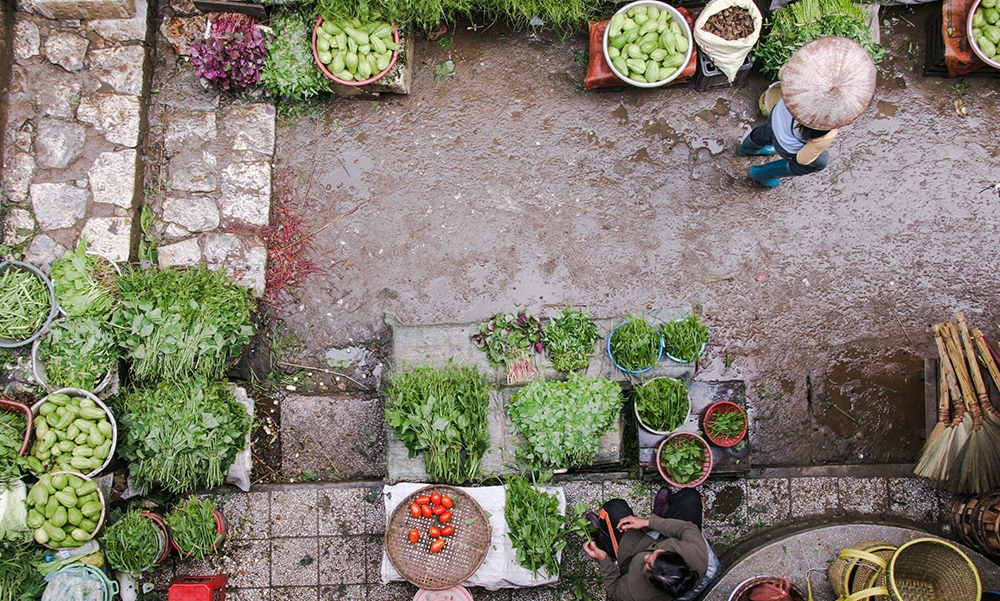
Now that you know the basics of edible garden layouts, get a head start by drawing out a blueprint of your custom layout before you begin planting. This will help keep you organized throughout the whole process, and your finished display will be much easier to visualize. Before you know it you’ll have everything you need for a fully-stocked salad bar right in your own backyard.
